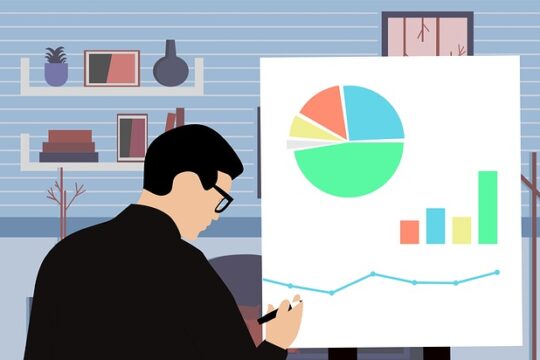
Employment litigation involves resolving legal disputes between employers and employees. It requires familiarity with state and federal laws and relevant case law. Labor and employment issues are sensitive, personal, and complex. They can impact your career, reputation, and business.
Table of Contents
Discovery
Employment litigation usually starts when an employee files a complaint or legal action stating that their employer has breached a specific employment law. Once the complaint is filed, both parties undergo a process of discovery in which they exchange information and witnesses.
The most common reason for employment litigation is a claim of discrimination. Employee discrimination is when someone is treated unfairly because of their membership in a protected group, such as race, gender, or sexual orientation. Many employers have anti-discrimination policies in place and enforce these policies and respond to complaints immediately to avoid this type of litigation.
A key piece of discovery in most employment cases is a deposition. During this phase of the process, lawyers for both parties can question witnesses who have information relevant to the case. It can include witness interviews with your direct supervisor, the individual who harassed you or those involved in the decision to terminate your employment wrongfully. Depositions of third-party witnesses, such as doctors who treated you for emotional distress or other injuries, can also be critical to your case.
Another type of discovery in an employment case is requests for production. Allows one side to ask for documents relevant to the case, such as emails or other written documents. The other party has a certain amount of time to produce the documents and can be compelled by a court order to do so if they do not comply.
Summary Judgment
In most employment cases that don’t settle after the lawsuit, your employer will eventually file a motion with the court for summary judgment. It is the point at which the judge decides if your case should be dismissed without going to trial. To win a motion for summary judgment, your employer must persuade the court that the settled facts about the case are such that there is no genuine dispute of material fact and that they can prevail at trial. Your job is to convince the judge that you have sufficient evidence of discriminatory comments, unnecessary treatment or unfair pay practices to warrant a prosecution and defeat the employer’s motion for summary judgment. If you can successfully oppose a motion for summary judgment, your case will proceed to the next phase of litigation. You can present your side of the story to a jury at this stage.
You will need to support your position with affidavits and declarations from people who have personal knowledge of the events at issue in your case. Well-prepared and experienced employment litigators can help you to develop a strong position against an employer’s motion for summary judgment. It can often result in your employer becoming more reasonable in engaging in settlement discussions with you.
Trial
Most employment-related legal disputes do not resolve themselves before reaching a trial. Consequently, employment litigation requires a team with deep-rooted knowledge of federal and state laws and regulations regarding employee-related matters and the case law and agency decisions interpreting those laws and regulations. Typically, the first step in resolving a dispute through the courts or an administrative agency involves filing a lawsuit. Once the case is filed, a key component of employment litigation involves discovery, the time when attorneys and the business or company exchange evidence, documents and information relevant to the case, this phase is a critical part of the litigation process, and it often takes a significant amount of time before it’s over.
If the case doesn’t settle during the discovery phase or with a summary judgment motion before trial, the matter will generally move to a jury or judge trial. It can also be lengthy, including pretrial motions, jury selection, opening statements, testimony and closing arguments, and jury deliberations. Harassment is a common reason for employment litigation, and it’s against the law to harass someone because of their inclusion in a protected class, such as race, gender or sexual orientation. Therefore, companies need anti-harassment policies to enforce those policies and respond to any complaints quickly to avoid the risks of this type of litigation.
Settlement
The vast majority of employment-related lawsuits do not get to trial. Your lawyer can often help you settle your case before the litigation process starts. It occurs during discovery and, most commonly, after filing a motion for summary judgment. Settlement discussions can also occur in mediation sessions where a neutral (typically another lawyer or retired judge) tries to help the parties resolve their dispute. Your lawyer will depose the key decision-makers at your former employer and may depose other individuals with knowledge of the facts and circumstances that led to your firing or who could testify at a trial about the events. Sometimes, the involved parties come to an agreement that involves payment as compensation. When this happens, your lawyer will prepare a settlement agreement and submit it to the court for approval. A court clerk will notify you that the court has approved the settlement. You will then receive your compensation, and your employment lawsuit will end. However, if the jury or judge finds in favor of your former employer and awards you damages, the litigation can last much longer. It is important to develop a comprehensive litigation strategy with your attorneys early in the process that reflects your firm’s resources, experience and employment law focus.



